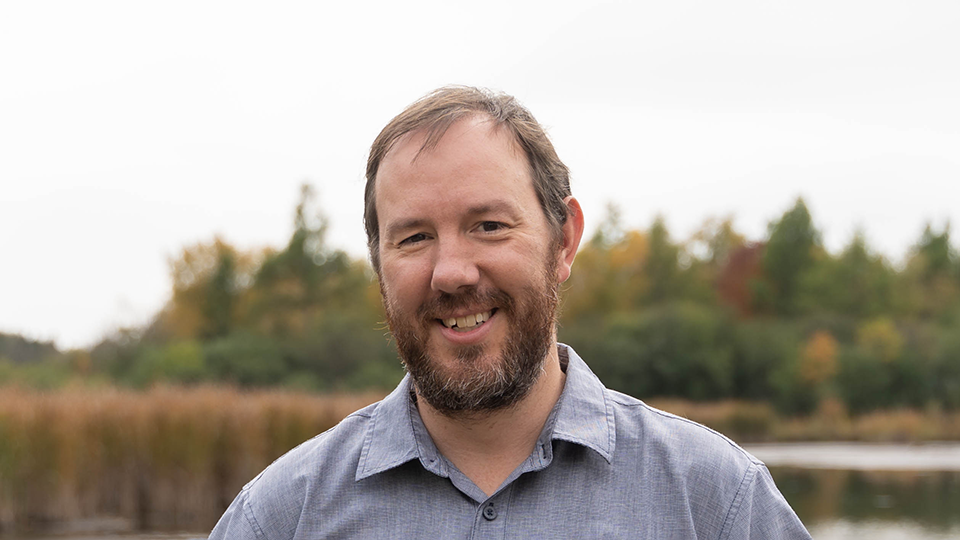
Adam J. Heathcote, Director, Department of Water and Climate Change
Ph.D., Iowa State University, (Ecology and Evolutionary Biology), 2013
B.Sc., Iowa State University, (Animal Ecology), 2005
Phone: (651) 433-5953 ext. 24
Email: aheathcote@smm.org
Website: aheathco.wordpress.com
Research Interests
I am an ecosystem ecologist with an emphasis on the interactions between lake biogeochemistry and plankton ecology. My research involves quantifying how humans impact the cycling of nutrients (carbon, nitrogen, and phosphorus) in lakes and how these changes are reflected in terms of lake productivity and algal community structure. To answer these questions, my work combines neo- and paleolimnological methods to quantify changes across both space and time.
Eutrophication and Shallow Lakes
One major aspect of my research is estimating the impact of anthropogenic eutrophication on the ecosystem functioning of shallow prairie lakes. Anthropogenic eutrophication is the degradation of water quality due to human-induced nutrient pollution and is one of the greatest threats to freshwater resources worldwide. My work reconstructs the history of eutrophication through time using biological (sub-fossil algae) and geochemical indicators (organic matter, erosional deposits) preserved in lake sediments. This provides a background reference condition for lakes prior to European settlement and allows for the correlation of eutrophication to historical landscape and land-use changes.
In addition to paleolimnological approaches, my work also involves research on contemporary effects of eutrophication on plankton ecology in lakes. As eutrophication of lakes intensifies, the prevalence of harmful algal blooms in lakes has become increasingly common. These blooms, often the result of toxic species of Cyanobacteria (blue-green algae), can fundamentally alter the function of lakes in numerous ways leading to the collapse of food webs, hypoxia, and the production of toxins that are harmful to humans, pets, and livestock. My work specifically looks at how Cyanobacteria escape mechanisms of top-down control and better exploit nutrient resources in eutrophic lakes, which leads to conditions that favor bloom formation.
Carbon Sequestration in Boreal Lakes
The second major aspect of my research involves working in collaboration with scientists in Quebec (Canada) on several projects quantifying carbon sequestration (burial) in freshwater lakes. Despite their relatively small area on Earth, lakes play a significant role in the global carbon cycle, burying up to four times as much carbon as the world's oceans on an annual scale. Additionally, the boreal forest has the highest density of surface waters on the planet , holding over a quarter of the world's lakes. My work involves using lake sediments to quantify the stock of carbon buried in lake sediments since the last glaciation (ca. 8-13,000 years ago) as well as changes in carbon sequestration over time. Though boreal lakes are often considered relatively pristine due their remote location, there is increasing evidence that these systems may be impacted by global ecosystem changes to climate and atmospheric deposition of nutrients. My work involves re-examining the rates of carbon sequestration in lakes over the last century and how they may have changed as humans alter global atmospheric and climatic processes.
Publications
See a full list of Dr. Adam J. Heathcote's publications here.